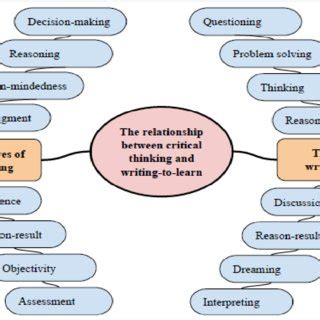In an increasingly complex world, the ability to think critically is more essential than ever. Critical thinking empowers us to analyze and evaluate information, make reasoned decisions, and solve problems effectively. This article, Mastering Critical Thinking: Strategies, Exercises, and Activities for Effective Problem-Solving and Decision-Making, delves into the importance of critical thinking in today’s society. We’ll explore its core principles, develop a critical thinking mindset, and provide practical strategies and activities to enhance your skills. Whether you’re applying these techniques in educational settings or in everyday life, mastering critical thinking will lead to better decision-making and a deeper understanding of the world around you.
Discover the intricacies of this topic with weninsure.xyz
1. Why Critical Thinking Matters in Today’s World
In today’s fast-paced and information-rich environment, the ability to think critically is more crucial than ever. We are constantly bombarded with information from various sources—news outlets, social media, advertisements, and personal interactions. Without the skill to critically evaluate this information, we risk making decisions based on misinformation, biases, or incomplete data. Critical thinking enables us to sift through this vast amount of information, discern what is relevant, and make informed choices.
Moreover, in a world that values innovation and problem-solving, critical thinking is the foundation for creativity and effective decision-making. It allows us to approach problems from multiple perspectives, anticipate potential consequences, and develop solutions that are not only effective but also ethical and sustainable. Whether in personal life, professional settings, or educational environments, critical thinking is the key to navigating challenges, avoiding pitfalls, and making decisions that contribute positively to society. It empowers individuals to engage thoughtfully with the world, fostering a more informed and responsible global community.
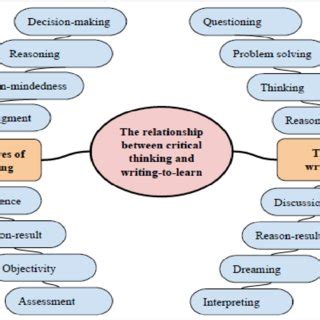
2. Understanding the Core Principles of Critical Thinking
To master critical thinking, it’s essential to understand its core principles, which serve as the foundation for effective analysis and decision-making. The first principle is clarity. Clear thinking requires us to express our thoughts and ideas in a way that is easily understood, ensuring that our reasoning is coherent and accessible. This involves asking precise questions, avoiding ambiguity, and defining terms carefully.
The second principle is accuracy. Critical thinkers strive to ensure that the information they rely on is true and free from errors. This means fact-checking, cross-referencing sources, and being skeptical of information that seems misleading or biased.
Relevance is another key principle, guiding us to focus on information and arguments that directly pertain to the issue at hand. By filtering out irrelevant details, we can concentrate on what truly matters in making informed decisions.
Finally, logic is the backbone of critical thinking. Logical reasoning involves constructing arguments that are internally consistent and free from contradictions. By adhering to these principles—clarity, accuracy, relevance, and logic—we can enhance our ability to think critically, make sound decisions, and solve problems effectively in both personal and professional contexts.
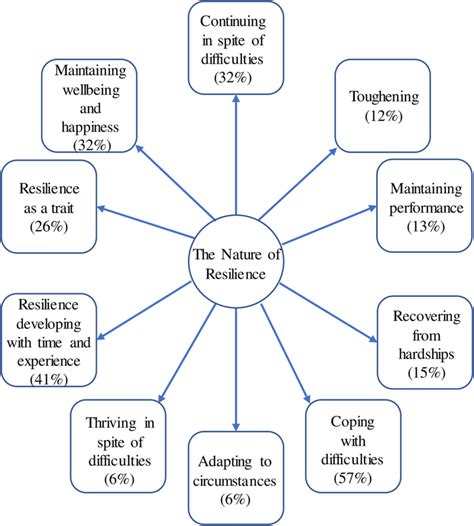
3. Developing a Critical Thinking Mindset
Developing a critical thinking mindset requires cultivating certain attitudes and habits that support thoughtful and reflective analysis. The first step is embracing curiosity. A curious mind is eager to explore new ideas, ask questions, and seek out deeper understanding. This openness to learning is essential for critical thinking.
Next is the importance of humility. A critical thinker recognizes the limits of their knowledge and is willing to admit when they are wrong. This humility allows for continuous learning and growth.
Another vital component is open-mindedness. Being open to different perspectives and willing to consider alternative viewpoints enables us to approach problems more comprehensively.
Finally, perseverance is crucial in developing a critical thinking mindset. Thinking critically often involves grappling with complex issues and requires the patience to explore them fully. By fostering curiosity, humility, open-mindedness, and perseverance, we can build a mindset that supports effective critical thinking and informed decision-making.
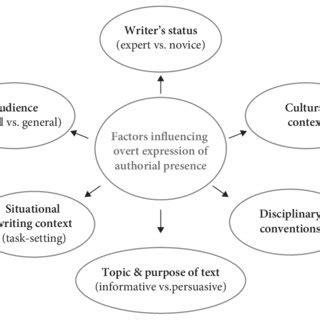
4. Effective Strategies for Enhancing Critical Thinking
Enhancing critical thinking requires deliberate practice and the application of specific strategies. One effective approach is to ask probing questions. Instead of accepting information at face value, delve deeper by asking why, how, and what if. This technique encourages a more thorough examination of the issues at hand.
Another strategy is to consider multiple perspectives. By looking at a problem from various angles, you can uncover hidden assumptions and biases, leading to a more balanced and informed conclusion.
Reflective thinking is also crucial. Take time to reflect on your thought processes, decisions, and the reasoning behind them. This self-awareness helps identify areas for improvement and strengthens critical thinking skills over time.
Engaging in structured debates or discussions is another powerful tool. These activities force you to articulate your reasoning clearly, defend your position, and consider counterarguments, all of which sharpen your critical thinking abilities.
Lastly, continuous learning is key. Staying informed about current events, new research, and diverse opinions expands your knowledge base, providing the raw material for critical analysis. By consistently applying these strategies, you can enhance your critical thinking skills and become a more effective problem-solver and decision-maker.
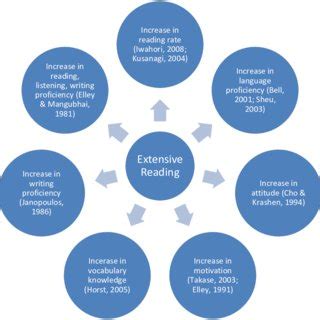
5. Engaging in Critical Thinking Exercises and Activities
Engaging in targeted exercises and activities is a practical way to strengthen critical thinking skills. One effective exercise is brainstorming sessions. These sessions encourage you to generate a wide range of ideas on a particular topic without immediately judging them. This promotes creative thinking and helps in recognizing diverse solutions to problems.
Another valuable activity is scenario analysis. By imagining various outcomes to a situation and considering the possible consequences of different actions, you develop the ability to anticipate challenges and plan strategically.
Mind mapping is also a powerful tool for organizing thoughts and seeing relationships between concepts. This visual approach helps clarify complex ideas and reveals connections that might not be immediately obvious.
Role-playing can further enhance critical thinking by allowing you to explore different viewpoints and develop empathy. By stepping into someone else’s shoes, you can better understand opposing arguments and refine your own reasoning.
Finally, reading and discussing complex texts is a time-tested method for improving critical thinking. Engaging with challenging material, whether through literature, philosophy, or current events, forces you to analyze and interpret content deeply, fostering a more sophisticated level of thought. These exercises collectively build a robust critical thinking toolkit.
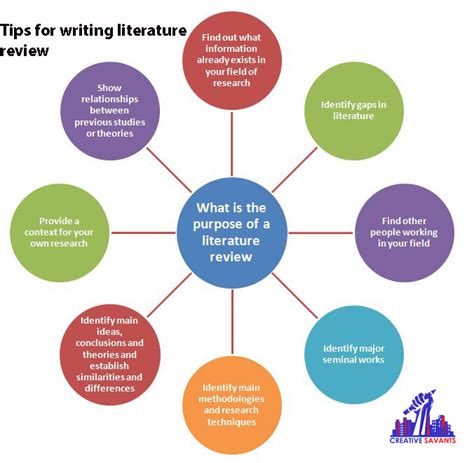
6. Analyzing and Evaluating Information Critically
Analyzing and evaluating information critically involves a systematic approach to understanding and assessing the validity of the data you encounter. Start by examining the source of the information. Determine whether it is credible, reliable, and unbiased. Reliable sources are typically well-regarded experts or institutions in their fields, while biased or unverified sources may provide misleading information.
Next, consider the evidence presented. Critical thinkers scrutinize the quality and relevance of the evidence supporting a claim. Look for data that is accurate, up-to-date, and directly related to the argument.
Context is another key factor. Understand the broader situation in which the information is presented, including historical, cultural, and social factors that may influence its interpretation. This helps to identify potential biases and ensures a more comprehensive analysis.
Finally, evaluate the logic of the argument. Check for consistency in reasoning and watch out for logical fallacies, such as false assumptions or oversimplifications. By thoroughly analyzing and evaluating information, you can make informed decisions and avoid being misled by incomplete or inaccurate data.
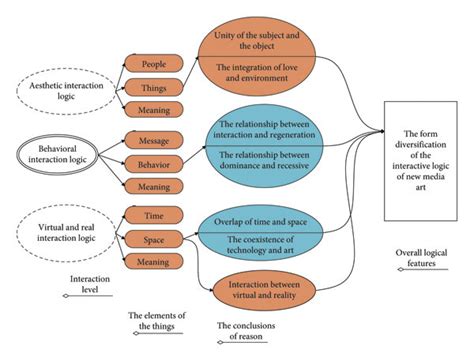
7. Applying Critical Thinking in Educational Settings
Applying critical thinking in educational settings enhances both teaching and learning experiences. For educators, incorporating critical thinking involves designing curricula and activities that encourage students to question assumptions, analyze arguments, and explore multiple viewpoints. For example, using case studies or problem-based learning challenges students to apply theoretical knowledge to real-world scenarios, fostering deeper understanding and engagement.
In the classroom, promoting open discussion and debate allows students to practice articulating their thoughts and defending their positions while considering opposing perspectives. This not only strengthens their reasoning skills but also helps them become more adept at evaluating diverse viewpoints.
Encouraging reflective practices is another effective approach. Assigning tasks that require students to reflect on their learning processes and the reasoning behind their conclusions promotes self-awareness and critical analysis.
Finally, integrating critical thinking assessments into evaluations helps measure students’ ability to analyze and synthesize information. By focusing on these methods, educators can cultivate a more thoughtful and analytical approach to learning, preparing students for complex problem-solving in their future endeavors.
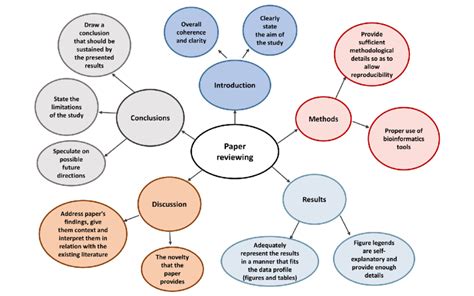
8. Overcoming Common Barriers to Critical Thinking
Overcoming common barriers to critical thinking involves addressing several key challenges. One major barrier is cognitive bias, which can cloud judgment and distort reasoning. To counteract this, actively seek out and consider opposing viewpoints to challenge personal biases and broaden perspectives.
Emotional responses also impede critical thinking. Strong emotions such as anger or fear can lead to impulsive decisions. To manage this, practice emotional regulation techniques and take a step back to analyze situations calmly before reacting.
Another challenge is confirmation bias, where individuals favor information that confirms pre-existing beliefs. Combat this by deliberately seeking diverse sources and evaluating evidence objectively, regardless of personal preferences.
Lastly, lack of time can restrict the depth of analysis. Prioritize critical thinking by allocating dedicated time for reflection and in-depth evaluation, ensuring that decision-making processes are thorough and well-considered. By addressing these barriers, you can enhance your critical thinking abilities and make more informed, rational decisions.
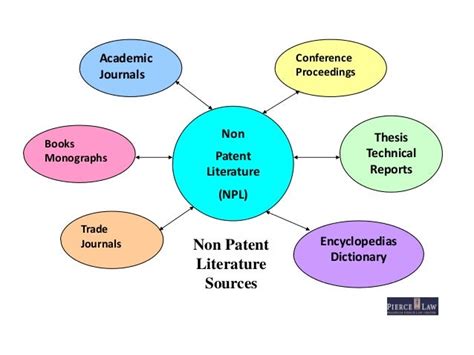
9. Real-World Examples of Critical Thinking in Action
Real-world examples of critical thinking illustrate its practical impact across various fields. In medicine, doctors use critical thinking to diagnose patients by analyzing symptoms, medical history, and test results, considering multiple potential diagnoses, and weighing the pros and cons of different treatments to make informed decisions that best serve their patients’ health.
In business, leaders apply critical thinking to strategic planning. They analyze market trends, assess competitors, and evaluate potential risks and opportunities before making decisions that shape their company’s future. For instance, a company might use critical thinking to pivot its strategy based on emerging consumer trends or economic shifts.
In public policy, policymakers employ critical thinking to address societal issues. They assess data on social problems, evaluate the effectiveness of existing policies, and consider diverse stakeholder perspectives to develop solutions that address community needs and drive positive change.
These examples demonstrate how critical thinking is essential for making reasoned decisions, solving complex problems, and achieving effective outcomes in diverse real-world contexts.
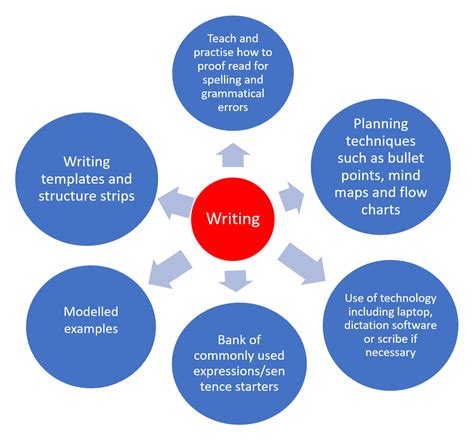
Mastering critical thinking equips you with the tools to navigate complex decisions, solve problems effectively, and understand the world more deeply. By applying strategies, engaging in exercises, and overcoming barriers, you can enhance your critical thinking skills and make informed, reasoned choices in all areas of life.
weninsure.xyz

